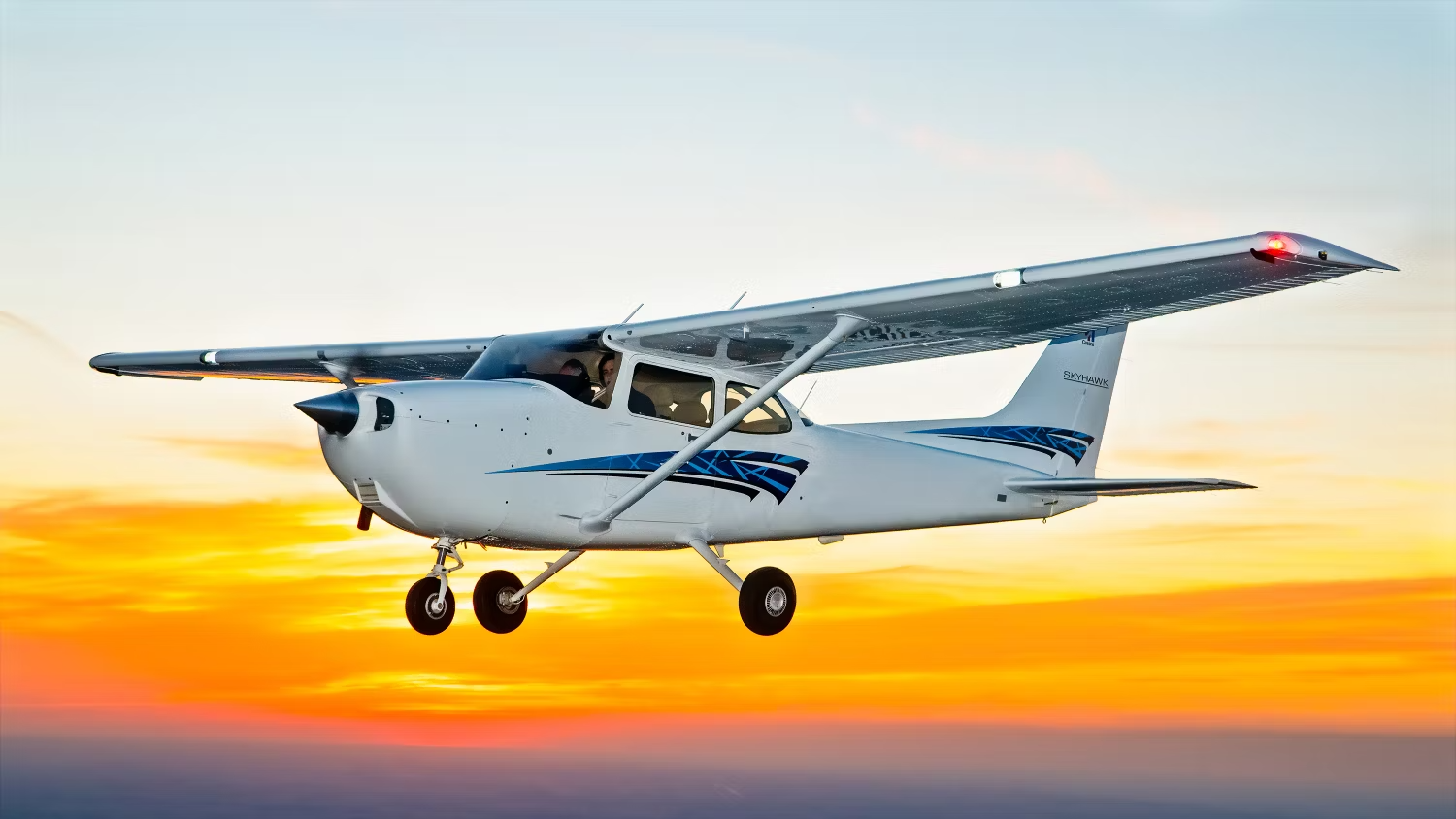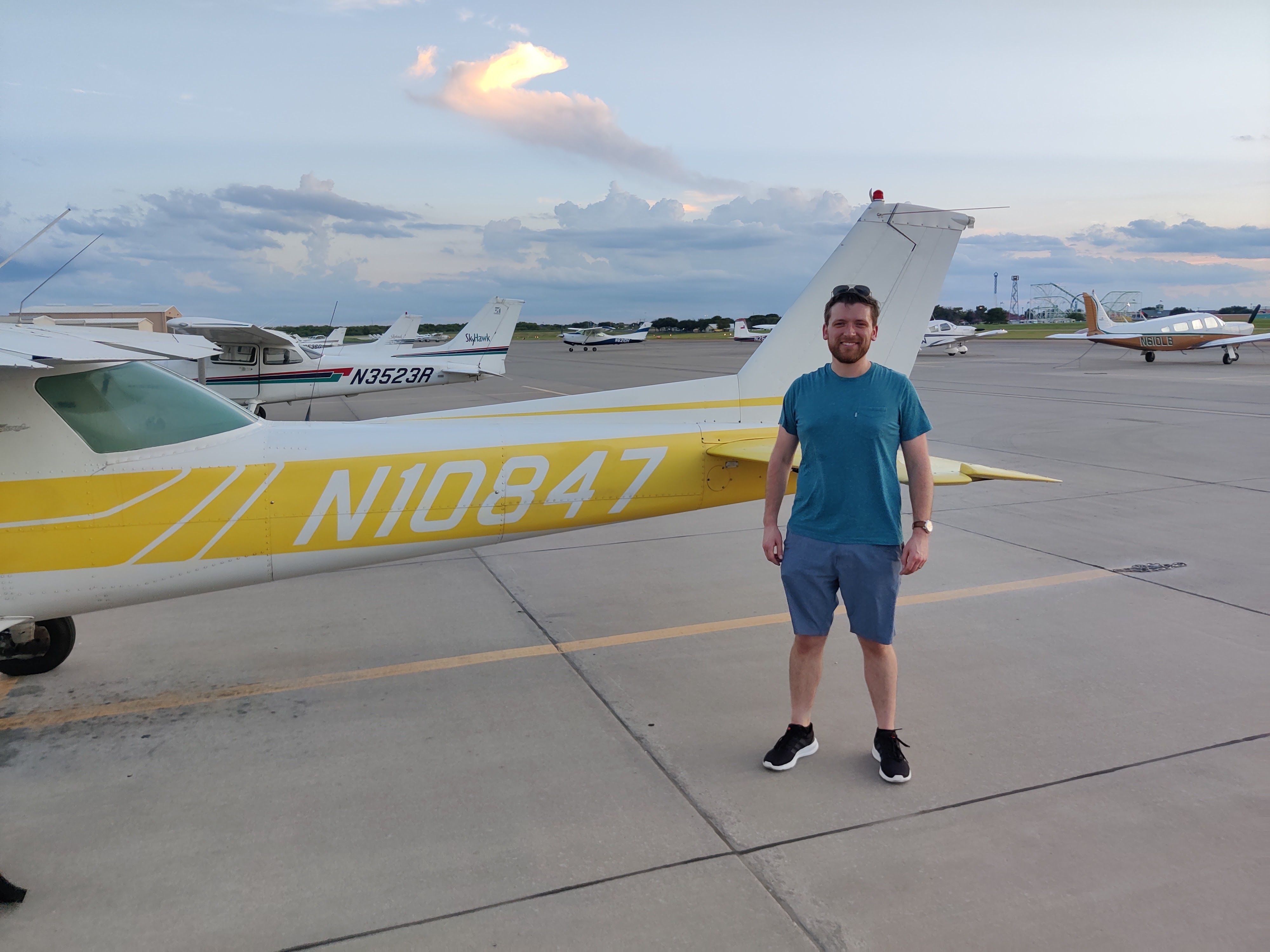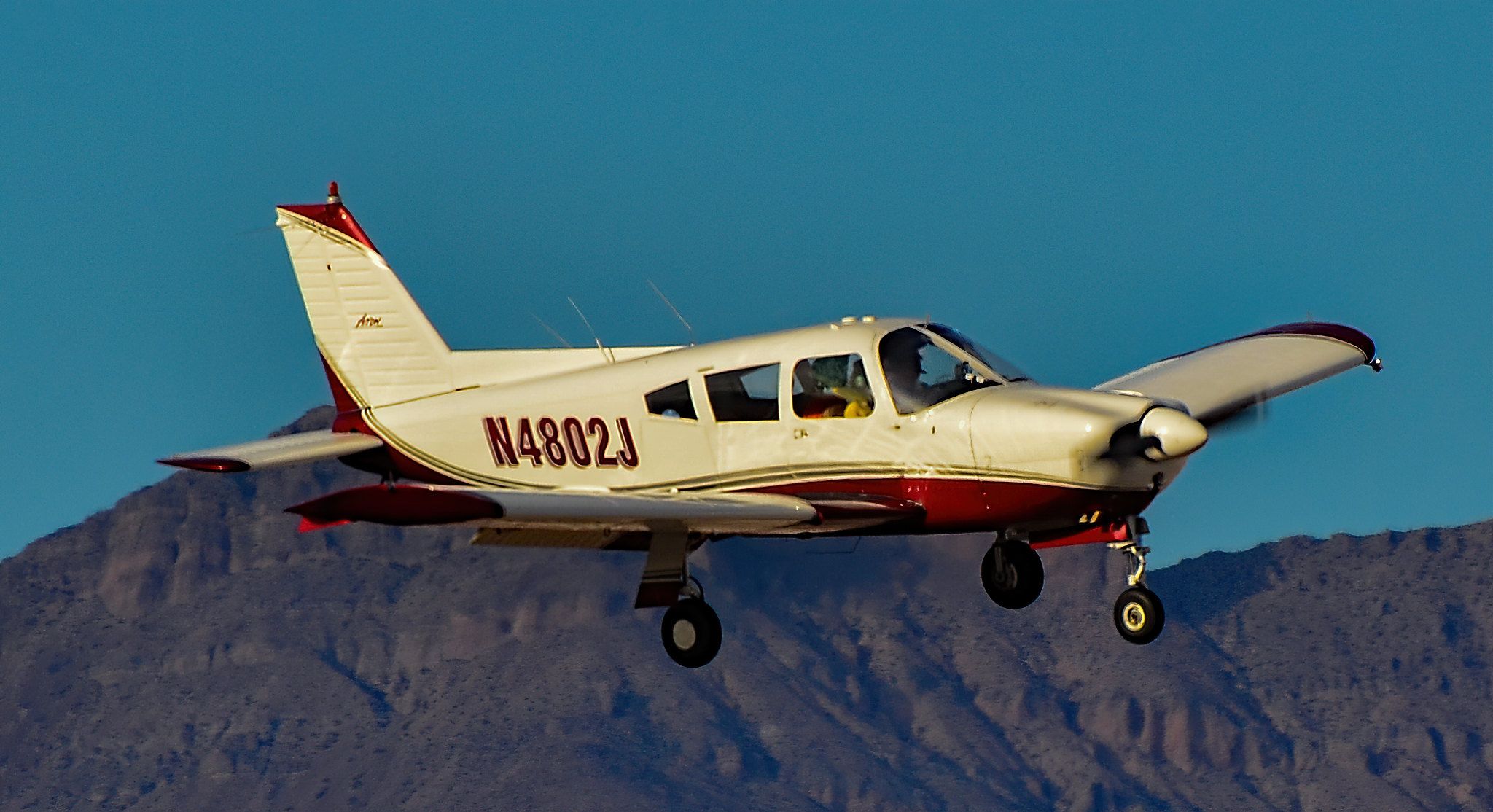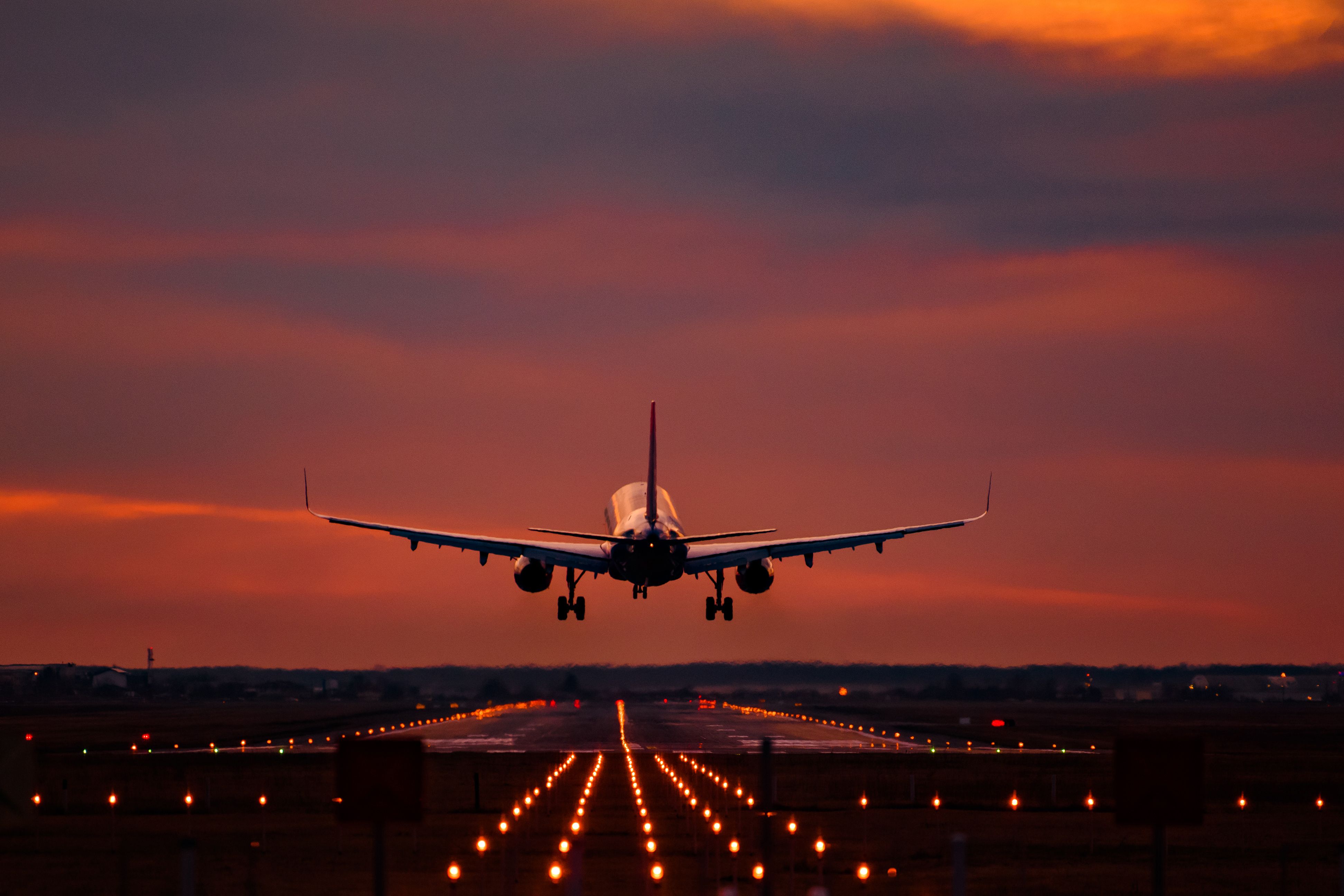Summary
- The road to becoming a pilot can be longer than anticipated due to weather delays, aircraft maintenance, and a shortage of Designated Pilot Examiners.
- Becoming a pilot is a significant financial investment, with costs ranging from $65,000-$100,000. Prospective pilots should explore financing options and consider purchasing an aircraft for training to save costs.
- Aspiring pilots have the choice between Part 61 and Part 141 flight schools, each with its own advantages. Consistent training is key to progress and success, requiring diligent studying and a commitment to regular practice.
Embarking on the journey to become a pilot is a childhood dream for many. Some begin the journey as soon as they are able to, others wait until later in life, but few who pursue training enter into it with any shortage of excitement and hope.
Even so, aspiring pilots must be prepared for the challenges that come with the pursuit. From unexpected delays, financial considerations, and the variety of training paths available, there's a lot to consider before taking the first step toward becoming a pilot.
1 Patience is a virtue
The road to becoming a pilot can be longer than anticipated, even for those who pursue full-time training. One significant factor that contributes to this extended timeline is the unpredictability of weather conditions, particularly during the colder winter months.
Weather delays can disrupt flight schedules, causing training sessions to be postponed and adding extra time to your training calendar. If practical, you might do well to consider moving to a location with consistently sunny weather, like Arizona, for instance, if finishing training quickly is a top priority.
Additionally, since aviation is a highly regulated field, training aircraft must undergo frequent inspections and may be out of service for maintenance more often than you might expect. In the current aircraft market, many flight schools are even facing a shortage of aircraft in the first place, exacerbating training delays when even just a plane or two is in the shop.
Other delays beyond weather are inevitable, though. In addition to the ongoing pilot shortage, there is also a current shortage of Designated Pilot Examiners (DPEs) in the US at the moment, requiring many students to wait additional months before moving onto the next rating, simply because they cannot take their checkride as soon as they are ready to.
DPEs are experienced professionals who are responsible for conducting checkrides, which are the final evaluations that determine whether you are ready to earn your next certificate or rating. Due to the scarcity of DPEs, scheduling checkrides can become challenging, leading to delays in achieving your aviation goals.
2 Financial realities
Becoming a pilot is a significant financial investment. Although student pilots in the US can generally earn their basic private pilot certificate for around $10,000-$15,000, the costs to train to be a professional pilot can range from around $65,000 to over $100,000, depending on factors such as the type of aircraft used, how quickly a student is checkride-ready, the training location, and the type of school used. It's crucial to have a realistic understanding of the financial commitment required – and a plan to make it happen – before embarking on this journey.
Prospective pilots can consider exploring various financing options, including loans, scholarships, and payment plans offered by flight schools. Researching and understanding these options can help mitigate the financial burden associated with flight training.
Additionally, if you have the means to purchase an aircraft to train in, and then sell it once training is done, you can potentially save tens of thousands of dollars on aircraft rental costs. Just be sure the plane is thoroughly inspected before making the purchase, and do your homework ahead of time to understand the financial risks that come along with owning an airplane.
It is also worth mentioning that a lot of flight gear on the market can be very expensive, but a brand new student pilot does not need to shell out top dollar for the best equipment on day one. Start out with basic gear to make sure aviation is for you before springing for the $1,200 headset and new iPad Pro to keep in the cockpit.
3 Diverse training paths
In the United States, aspiring pilots have the choice between two main types of flight schools: Part 61 and Part 141 schools. Each type offers a distinct approach to training, catering to different needs and aspirations.
Part 61 schools provide flexibility in training, allowing students to learn at their own pace. These schools can be generally less expensive and are usually best suited for individuals who need to train part-time due to full-time jobs or other commitments. However, part 61 schools often utilize smaller fleets and may include older aircraft that can lead to additional training delays due to maintenance.
On the other hand, Part 141 schools follow FAA-approved syllabi and are designed for those on a professional pilot track. While these programs are typically more expensive, they offer more structured training and usually promise to expedite the learning process. Part 141 schools are often full-time programs, but students at Part 61 schools can also achieve similar timelines and the same professional end-goals with appropriate discipline and dedication.
Get the latest aviation news straight to your inbox: Sign up for our newsletters today.
4 Expect to study hard
Flight training isn't just about hopping into the cockpit and taking off. Every step of your training journey, from acquiring different ratings to advancing your skillsets, requires diligent studying.
Each new rating requires a written test, and the checkride – comparable to a final exam – consists of both an oral examination and practical flying assessment. Aspiring pilots must be well-versed in aviation theory, regulations, procedures, safety protocols, and plenty more.
5 Consistency is key
Efficient flight training demands consistency. Aspiring pilots should aim to train at least two or three times per week to maintain progress and build upon their skills. Irregular training schedules can lead to skill degradation and a higher likelihood of forgetting what you've learned between lessons – thus requiring additional training hours and necessitating a higher ultimate price tag.
By committing to frequent training sessions, you can save both time and money. The more consistently you train, the faster you'll be able to accumulate the necessary flight hours and complete your training requirements.
While the road to becoming a pilot may have its challenges, the rewards are immense. The thrill of taking control of an aircraft and navigating the skies is an experience that few others can claim. With determination, preparation, and the right mindset, aspiring pilots can navigate the complexities of flight training and soar toward their dreams.




